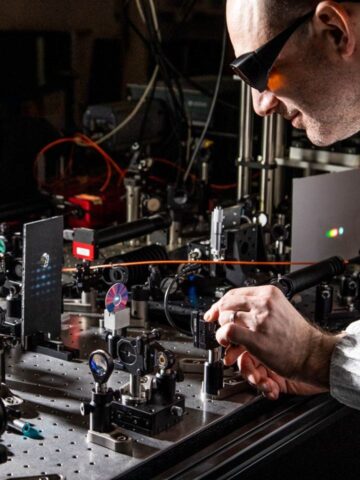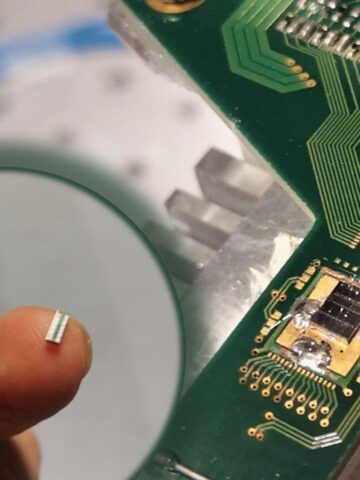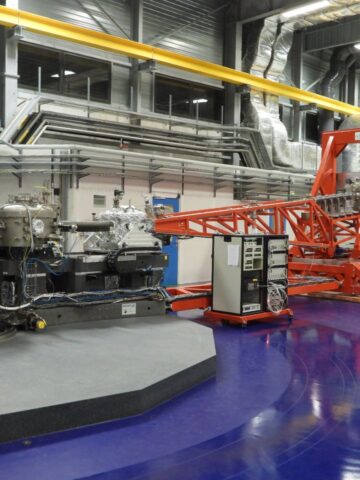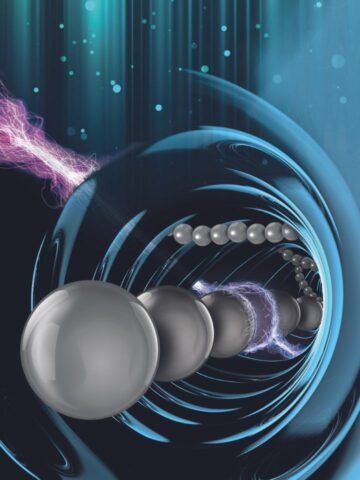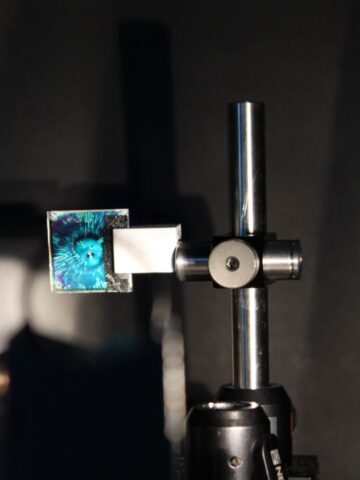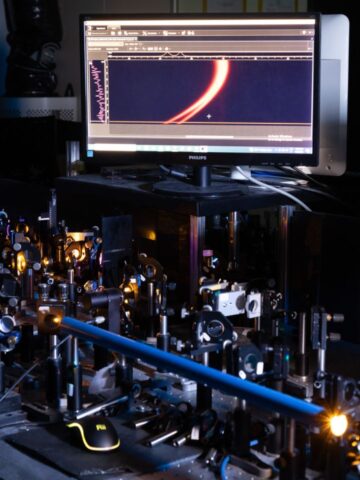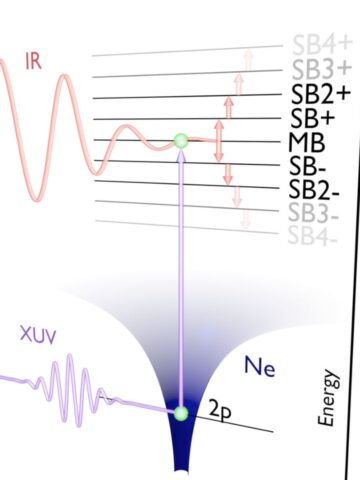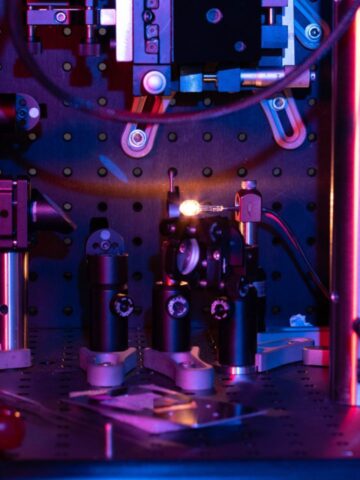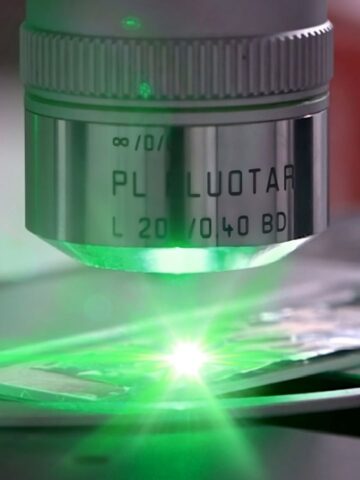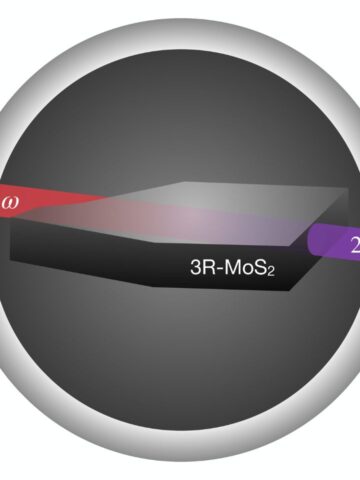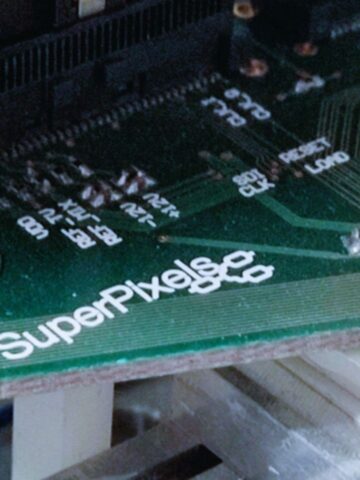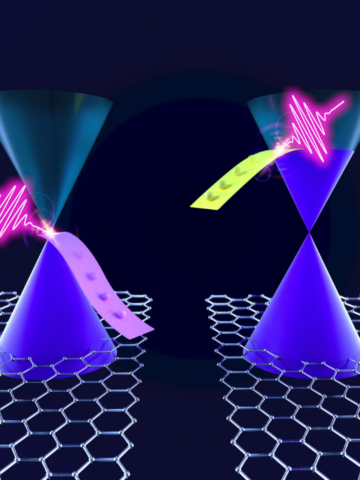With its innovative fast gated, ultra-high quantum efficiency single-photon sensor, the fastMOT (fast gated superconducting nanowire camera for Multi-functional Optical Tomograph) project will enable deep body imaging with diffuse optics. Implemented in the new Multifunctional Optical Tomograph, the light sensor will achieve a 100x improvement of signal-to-noise ratio compared to using existing light sensors.
The fastMOT project will receive a total of 3 million euro in funding: 2.49 million euro from the European Innovation Council programme and 525,000 Euro from the UK Research and Innovation (UKRI) under the UK government’s Horizon Europe funding guarantee.
Traditionally, organ monitoring and deep-body functional imaging are performed using ultrasound, Xray (including CT), PET or MRI. However, these techniques allow only extremely limited measurements of functionality and are usually combined with exogenous and radioactive agents. To overcome this limitation, six partners, coordinated by the Dutch SME Single Quantum, have joined forces to develop an ultra-high performance light sensor in different imaging techniques to radically improve the performance of microscopy and imaging.
The novel sensor is based on superconducting nanowire single-photon detectors (SNSPDs), which have been shown to be ultra-fast and highly efficient. However, the active area and number of pixels have so far been limited to micrometre diameters and tens of pixels.
The fastMOT consortium now aims at developing new techniques to overcome this limit and scale to 10,000 pixels and millimetre diameter. In addition, new strategies for performing time domain near infrared spectroscopy (TDNIRS) and time domain speckle contrast optical spectroscopy (TD-SCOS) will be developed to optimally use this new light sensor with Monte-Carlo simulations. The new light sensor will be implemented in an optical tomograph and will achieve a 100x improvement of signal-to-noise ratio compared to using existing light sensors.
The new sensing technology will have a major impact on a wide range of sectors: not only will it improve microscopy and imaging performance, but it will also enable groundbreaking applications that will lead to new insights and a major economic boost. The proposed Multifunctional Optical Tomograph will make it possible to image deep organ and optical structures and monitor body functions such as oxygenation, haemodynamics, perfusion and metabolism. It also has the potential to significantly improve the accuracy of non-invasive breast cancer diagnosis, reducing the risk of false positive biopsies, with benefits for patients’ quality of life and improved sustainability for the healthcare systems.
In addition to Single Quantum, the participating institutions are the Center for Ultrafast Science and Biomedical Optics CUSBO at the Department of Physics of the Politecnico di Milano in Italy (unit responsible Prof. Alberto Dalla Mora), the Institute of Photonic Sciences ICFO in Spain, the Technische Universiteit Delft in the Netherlands, the network of European laser research infrastructures Laserlab-Europe AISBL in Belgium, the Forschungsverbund Berlin e.V. in Germany, and the University College London in the United Kingdom.
fastMOT is funded by the EU’s HORIZON EUROPE programme (grant agreement 101099291) and by the UK Research and Innovation (UKRI) under the UK government’s Horizon Europe funding guarantee (grant number 10063660).

